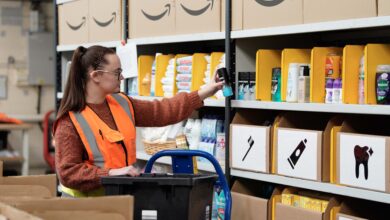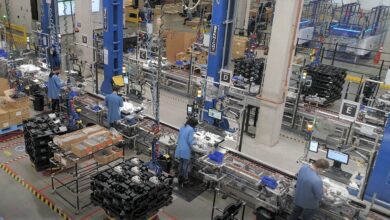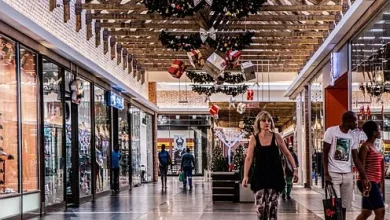Comment
How experiential CX is revitalising in-store retail

The rise of online retail, advances in technology and changes in consumer behaviour have transformed the retail landscape. While this has brought inevitable extinction for many brands, in typical Darwinian fashion, those able to adapt to their new environment continue to thrive.You'll need to
subscribe to unlock this content. Already subscribed? Login?






